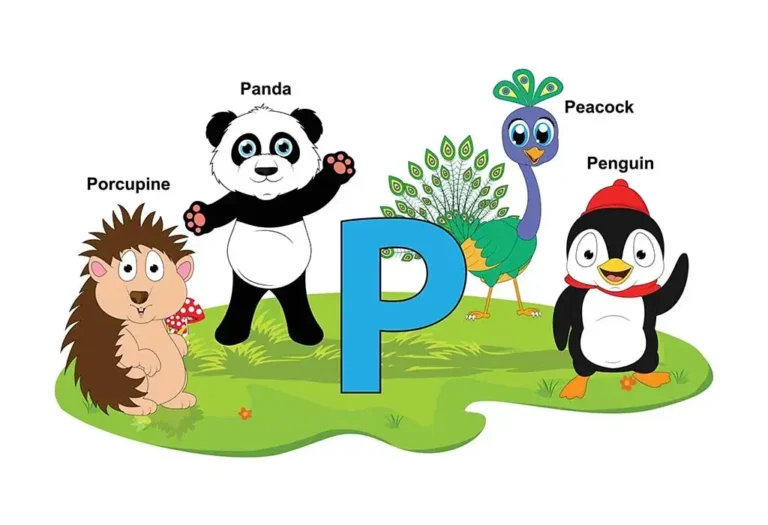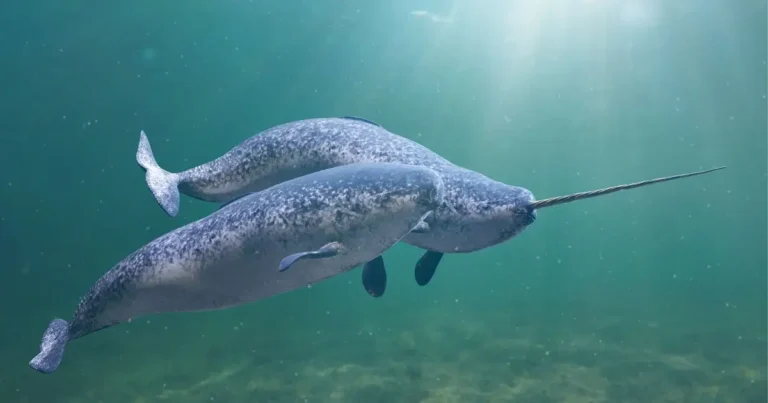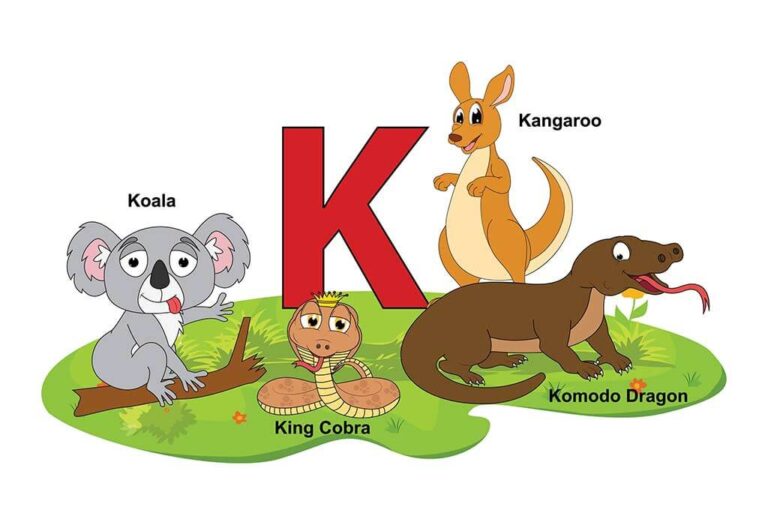Yellow-throated Marten (Martes clavicula): A Detailed Overview
The Yellow-throated Marten (Martes clavicula) is a fascinating carnivorous mammal known for its striking appearance, agility, and adaptability to various habitats. This species, found predominantly in Asia, is essential to its ecosystem. Let’s explore the scientific classification, physical characteristics, habitat, behavior, diet, reproduction, predators, conservation status, and its relationship with humans.
Contents
Scientific Classification
- Kingdom: Animalia
- Phylum: Chordata
- Class: Mammalia
- Order: Carnivora
- Family: Mustelidae
- Genus: Martes
- Species: Martes flavigula
The Yellow-throated Marten belongs to the Mustelidae family, which includes otters, weasels, and badgers.
Physical Characteristics

The Yellow-throated Marten is known for its vibrant and unique coloration. Key features include:
- Size: 50–71 cm (20–28 inches) in body length, with an additional tail length of 40–45 cm (16–18 inches).
- Weight: 2.5–5.7 kg (5.5–12.5 pounds), depending on the individual and region.
- Fur Color: Its most distinct feature is the bright yellow or orange throat and chest, contrasting with its darker brown or black body and legs. The head is often lighter, and its tail is long and bushy, usually dark brown or black.
- Eyes and Ears: It has small, round ears and sharp, alert eyes, perfectly suited for day and night activity.
- Limbs: Strong, slender legs that allow it to move swiftly through trees and on the ground.
Habitat
The Yellow-throated Marten is highly adaptable and can be found in a variety of habitats:
- Geographic Range: This species is native to much of Asia, including regions of the Himalayas, Southeast Asia, and parts of China, Taiwan, Korea, and Russia.
- Preferred Habitats thrive in montane forests, subtropical and tropical broadleaf forests, and temperate mixed woodlands. They are often found at elevations between 1,000 and 4,000 meters (3,280 to 13,123 feet), but they can also inhabit lower elevations.
- Adaptability: They are arboreal and terrestrial, moving with equal agility between trees and the forest floor.
Behavior
Yellow-throated Martens are known for their active, bold, and somewhat curious nature. Key behaviors include:
- Diurnal Activity: Unlike many of their mustelid relatives, Yellow-throated Martens are primarily diurnal, active during the day.
- Territorial: They maintain and defend large territories, marking their ranges with scent glands.
- Social Structure: Often solitary, they have been observed in pairs or small family groups. They can be quite vocal, producing a range of sounds, from hisses to growls.
Diet
As omnivores, Yellow-throated Martens have a varied diet:
- Carnivorous Preferences: They prey on small mammals such as rodents, birds, and reptiles. In some areas, they hunt young deer, rabbits, and even small primates.
- Fruits and Vegetation: Martens feed on fruits, berries, and nuts, particularly when animal prey is scarce.
- Hunting Strategy: Agile and swift, they hunt both in trees and on the ground, using their speed and climbing ability to catch prey.
Reproduction
- Breeding Season: The breeding season typically occurs in late winter or early spring but can vary depending on the region.
- Gestation Period: The gestation period lasts about 9 months, which includes delayed implantation.
- Litter Size: Female Yellow-throated Martens give birth to litters of 2–3 kits, usually in well-protected dens made in hollow trees or crevices.
- Parental Care: The mother takes primary responsibility for rearing the young, which stays with her until they are old enough to fend for themselves, usually by the age of 4–6 months.
Predators and Threats
Yellow-throated Martens, being agile and formidable hunters, have few natural predators. However, larger carnivores like leopards and tigers may occasionally prey on them. The main threats come from humans through habitat destruction and hunting.
Conservation Status
- IUCN Status: Least Concern
- Threats: Habitat loss due to deforestation and fragmentation and hunting for their fur and body parts used in traditional medicine pose significant threats in some regions.
- Conservation Efforts: While not currently endangered, conservation measures focus on habitat preservation and anti-poaching regulations.
Interesting Facts
- Nicknamed “The Tiger of the Trees”: Due to its ferocity when hunting and its ability to easily move through trees, this marten has earned a formidable reputation.
- Omnivorous Diet: While they are capable hunters, Yellow-throated Martens are opportunistic eaters and will consume a wide range of foods, including carrion and human refuse.
- Scavenging Role: They are known to follow larger predators like tigers to scavenge from their kills, playing a vital role in their ecosystem as secondary consumers.
Evolutionary History
The Yellow-throated Marten is part of the Mustelidae family, which has evolved over millions of years. Mustelids, in general, are highly adaptable and have diversified into various ecological niches. Martes clavicula shares a common ancestor with other Martens and weasels, developing traits that allow it to thrive in temperate and tropical forests.
Relationship with Humans
- Historical Hunting: In the past, martens were hunted for their fur, which was highly valued. While this practice has declined, it still exists in some of their range.
- Role in Folklore: In some cultures, martens are seen as symbols of agility and cunning. Their reputation as fearless hunters has often intrigued locals, leading to various myths and stories.
- Coexistence: Due to their omnivorous diet, Yellow-throated Martens can sometimes be considered pests when they raid crops or scavenge near human settlements.
Conclusion
The Yellow-throated Marten is a remarkable, visually stunning and ecologically important species. With its bold behavior, adaptability, and crucial role as a predator and scavenger, this marten contributes to the balance of its ecosystem. Although not currently at risk, ongoing conservation efforts are essential to ensure the preservation of this fascinating species in the face of habitat destruction and human encroachment.
- Are Rottweilers Good With Kids? Reasons & Training Tips - 17 September 2025
- How Long Are Dogs Pregnant: Complete Guide - 16 September 2025
- German Shepherd Doberman Mix: Info, Pictures, Care & More - 11 September 2025







